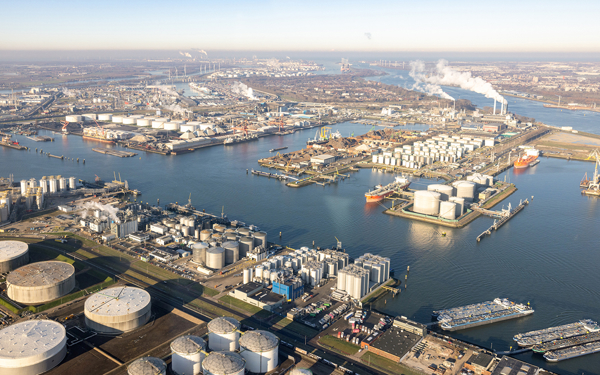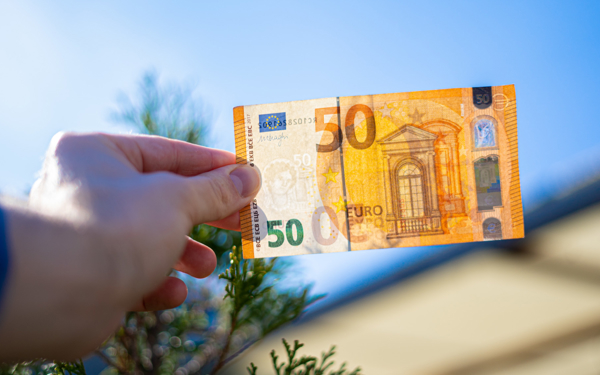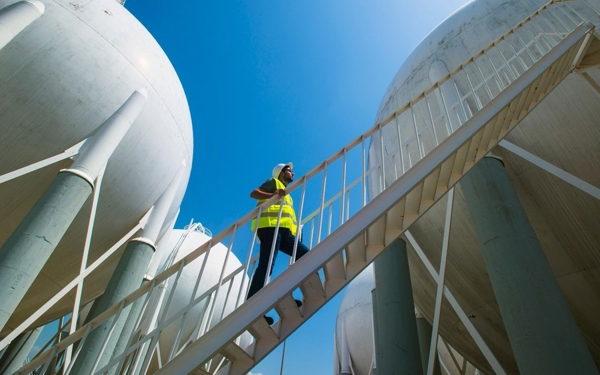Combating the pandemic is and remains our first priority at the moment. However, the threat of climate change continues to loom large and requires a transition to a climate-neutral economy. Postponing the necessary measures will increase the risk of an abrupt transition and result in damage to the economy and the financial sector. We need a consistent, credible and timely climate policy to ensure a smooth transition. While the coronavirus crisis is leaving deep scars in the world economy, this offers us an excellent opportunity to accelerate the transition to a climate-neutral economy and combine it with economically sustainable or “green” recovery. It is up to the governments to take the first step and exploit the opportunities for green recovery through their policies. Central banks and supervisors play a supporting role here.
The role of governments in green recovery
Pricing carbon emissions remains the economically most effective means of reducing them and is thus the most effective measure to enable a green recovery. To ensure adequate pricing of carbon emissions, i.e. sufficient to meet the international climate targets, the European Emissions Trading Scheme (ETS) should be strengthened and extended. The coronavirus crisis has increased the volume of unused emission allowances and this has reduced the ETS price, which makes strengthening the ETS even more pressing. An unstable ETS price creates uncertainty for investors, and a low price reduces the financial incentive for companies to become more sustainable. The ETS could be strengthened in various ways, for example by the introduction of a price floor, a (temporarily) downward adjustment of emission ceilings or an increase of the market stability reserve. It is also important to find a way for effective pricing of emissions for sectors not covered by the ETS, such as agriculture and transport.
In the absence of adequate emissions pricing at European level, the Netherlands can also make efforts to price carbon emissions more effectively at a national level. The Dutch government’s intention to introduce a carbon tax on industry is an important step in the right direction but it is not enough, as emissions from other polluting sectors, such as agriculture, transport and construction, are still underpriced. In addition to direct pricing, the introduction of a kerosene tax and a reduction of energy tax discounts for large consumers could also contribute to better emissions pricing. As total energy costs are currently being depressed by low energy prices, this the right time to improve the emissions pricing system.
In addition, governments can integrate the necessary sustainability investments in their medium-term incentive agenda. The measures currently taken in the context of the coronavirus crisis are aimed at alleviating acute liquidity problems, which is understandable. In the long term, however, it is conceivable that the government will stimulate demand through spending. Then the question will arise as to what investments from the Dutch Climate Agreement and the European Green Deal could be brought forward. Investments that are clearly essential to achieving an efficient climate transition could then be used to stimulate the economy and make it more sustainable at the same time. Financing costs are relatively low at the moment due to low interest rates, making sustainable investments more profitable.
The role of financial institutions in green recovery
As a supervisory authority, we have been urging financial institutions for some time to manage climate-related risks. The crisis may lead financial institutions to reconsider their principles and policy choices regarding sustainability and climate risks, since large investors and lenders, including Dutch financial institutions, are faced with high market volatility and sizeable price losses. They have incurred major losses on investments in and loans to the oil and gas industry. Financial institutions can use the current crisis to enhance their understanding of the vulnerability of their balance sheet to climate and sustainability risks. It may prompt them to better align their investment policies and lending to the Paris Climate Agreement. The financial sector also plays an important role in coping with the economic consequences of the coronavirus crisis. For example, banks are currently providing financial support to companies and individuals. They could also help their customers to make their business models more sustainable while recovering from the crisis.
In order to align financial sector activities with the climate agenda and support a green recovery, prudential risks of climate change need to be integrated in financial legislation and regulation at an accelerated pace. The European Banking Authority is currently exploring the possibility of including sustainability risks in capital requirements for banks. This requires quantitative insight into these risks. The analysis of these risks and subsequent European decision-making must be given greater priority. It is also necessary to understand whether the current supervisory framework adequately reflects sector-specific sustainability risks. Recently, the Network of Central Banks and Supervisors for Greening the Financial System (NGFS) published its guide for integrating climate-related and environmental risks into prudential supervision. We welcome it as an important milestone.
The role of central banks in green recovery
It is up to the governments to take the first step and exploit the opportunities for green recovery through their climate policies. Central banks can play a supporting role within their mandate through monetary policy. The actual contribution of monetary policy to sustainability depends on the climate policy pursued by governments, however. Effective climate policies will lead to a greater flow of capital towards sustainable economic activities, thereby "greening" monetary operations automatically. Increased demand for green investments can lead to higher supply of green bonds or bonds from sustainable companies, giving the ECB more room to purchase these instruments. The opposite also applies: in the absence of proactive climate policies, monetary expansion may favour polluting rather than sustainable industries.
In the context of its strategy review, the ECB is examining how climate change can play a role in monetary strategy. In the implementation of monetary policy, financial risks for central banks ensuing from climate change should be adequately mitigated. Now that the ECB's role in financial markets and the funding of banks has increased as a result of the coronavirus crisis, this has become ever more important. For example, the ECB could include carbon emission disclosure as a requirement in its asset purchase programmes, to promote transparency and enable adequate risk identification and pricing.




